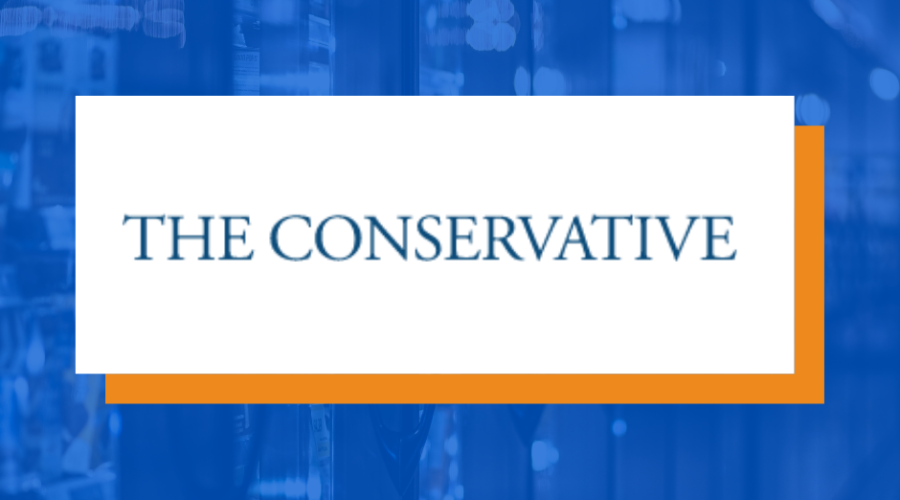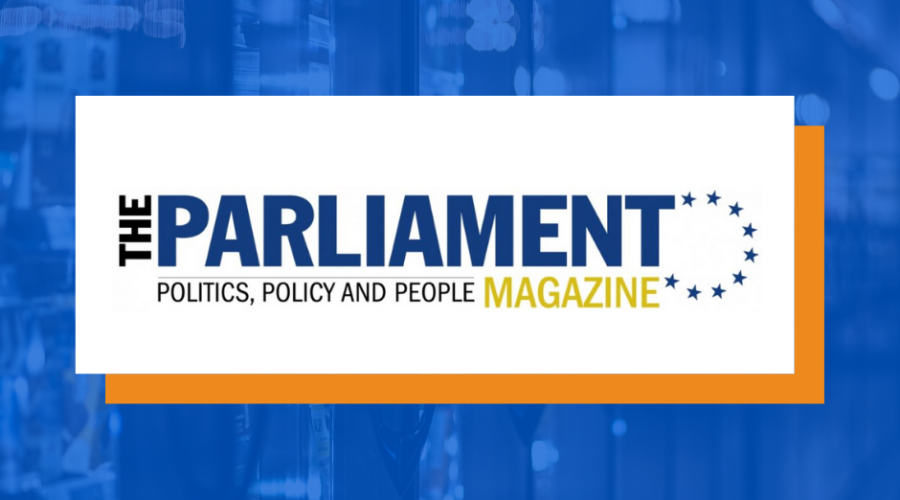Video: ‘Science over unjustified cautiousness:’ Why UK should abandon Europe’s biotech crop rules
Many groups, including the Consumer Choice Center, have endorsed genetic technologies, and there is good reason to expect the UK government to finally choose science over unjustified cautiousness inherent to EU regulations.
“Boris Johnson has repeatedly mentioned his willingness to liberate the UK’s “extraordinary bioscience sector from anti-genetic modification rules.” Such a policy would be a huge win for consumers and farmers, and at the same time it would also signal a momentous drift away from the European Union’s unjustified cautiousness towards these new technologies,” said Maria Chaplia, Research Manager at the Consumer Choice Center.
We at the Consumer Choice Center call on the UK government to take the path of more consumer choice and more science …. What are the benefits of enabling genetic engineering in the UK?
- Approving GM pest-resistant crops could save about £60 million ($79 million) a year in pesticide use in the UK
- More trade opportunities, including a trade deal with the US.
- Improved agricultural performance with less labour and energy input and less cost input.
- Reduced usage of pesticides and herbicides.
Originally published here.







